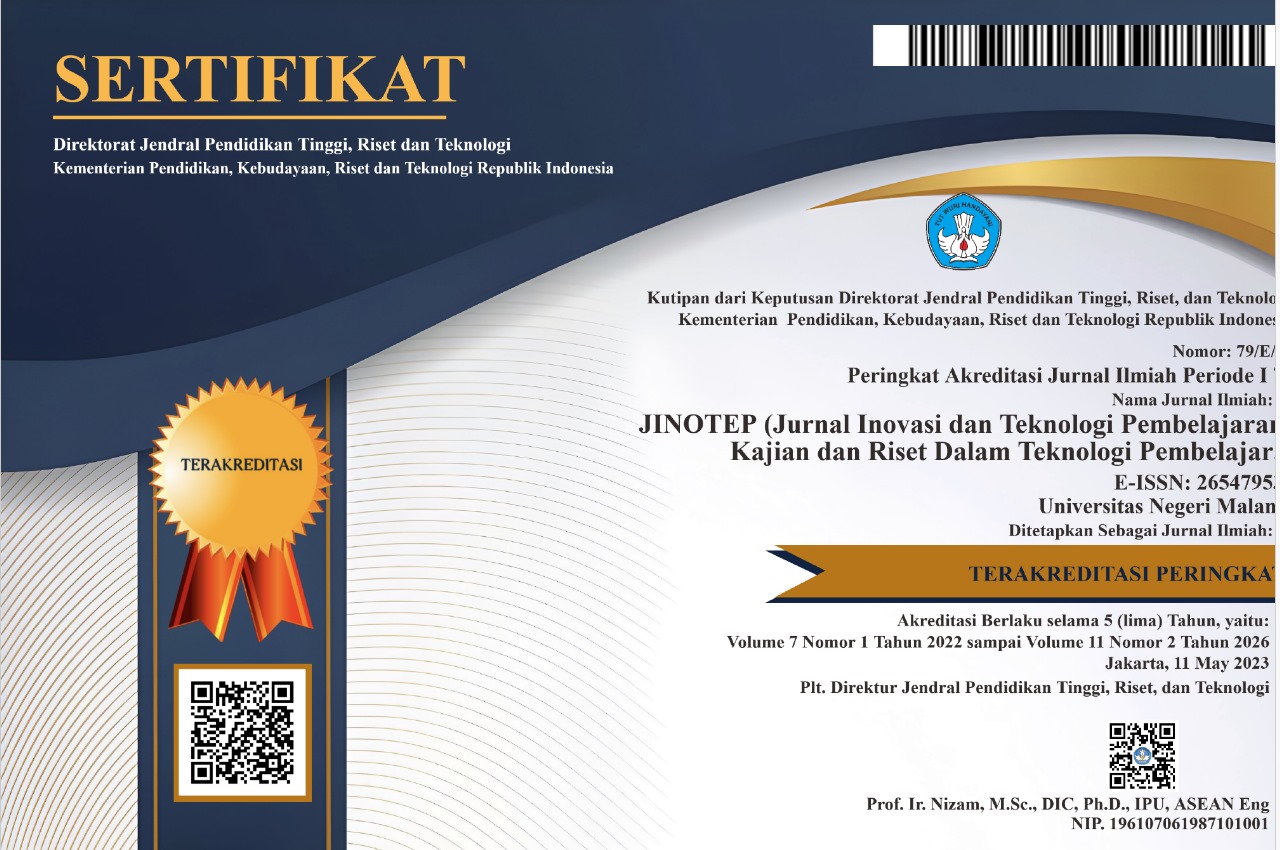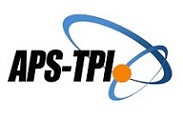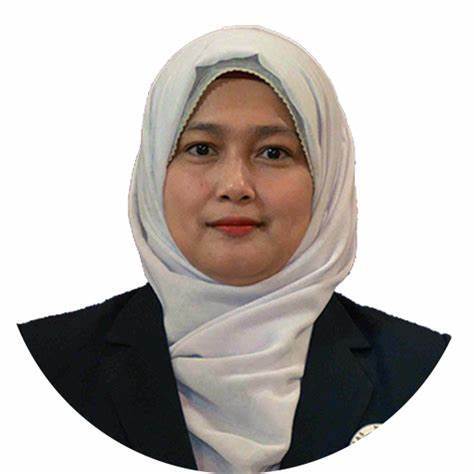The SAMR model for the development of learning device innovations in the subject of applying electronic circuits
Abstract
Abstrak: Pengembangan dan penelitian ini menghasilkan perangkatapembelajaran dengan model SAMR (substitution, augmentation, modification, redefinition) untuk mengintegasikanateknologi agar pembelajaranalebih inovatif danakreatif serta meningkatkan pemahaman siswa. Prosedur pengembangan perangkat pembelajaran menggunakan metode pengembangan research and development (R&D) dan pendekatan model SAMR. Teknik pengumpulanadata dilakukan dengan observasiadan angket. Tahap pengujianakelayakan dilakukanaoleh ahli media, ahli desain, ahli materi, temanasejawat dan siswa. Hasil penilaian kelayakan ahli desain diperoleh prosentase 95,5 (valid). Ahli materiadiperoleh prosentase 93,8 (valid). Ahli media diperoleh prosentase 83,8 (valid). Uji kepraktisan oleh teman sejawat diperoleh prosentase 91,7 (baik). Hasil respon terhadap produk di kelompok kecil diperoleh prosentase 98,9 (baik) dan uji coba kelompok besar diperoleh prosentasea97,5 (baik). Hasil data dan analisis penelitian, disimpulkan bahwa pengembangan perangkat pembelajaran penerapan rangkaian elektronika dengan model SAMR kelas XI memudahkan siswa dan guru berkolaborasi mencapai tujuan pembelajaran dan mengembangkan kreatifitas dan inovasi siswa dengan mengintegrasikan teknologi serta dapat diterapkan dalam pembelajaran lainnya.
Abstract: By incorporating technology, this Research and Development creates learning aids that use the SAMR (substitution, augmentation, modification, redefinition) model to make learning more original and creative while improving student's knowledge. The SAMR model approach and the Research and Development (R&D) method were used in the process of creating learning tools. Questionnaires and observation were used as data-collecting tools. Media specialists, design experts, material experts, coworkers, and students participated in the feasibility testing stage. A percentage of 95.5 (valid) was attained in the design expert feasibility evaluation results. Experts in material score 93.8 (valid). A valid percentage of 83.8 was given by media professionals. Colleagues' practicality test scored 91.7 out of 100, which is good. The results of the response to the product in the small group obtained a percentage of 98.9 (good), and in large group trials, it was 97.5 (good). The results of the research data and analysis concluded that the development of learning tools applying electronic circuits using the class XI SAMR model makes it easier for students and teachers to collaborate in achieving learning goals and develops student creativity and innovation by integrating technology and can be applied in other learning.
Keywords
Full Text:
PDFReferences
Al-Khalidi, I., & Nizwa, O. (2021). Examining Teachers’ Beliefs on Developing a Digital Pedagogical Framework Based on the SAMR Model for Undergraduate English Language Learning. In International Journal of English Language Education. pdfs.semanticscholar.org. https://doi.org/10.5296/ijele.v9i1.18306
Aldosemani, T. (2019). Inservice Teachers’ Perceptions of a Professional Development Plan Based on SAMR Model: A Case Study. TOJET: The Turkish Online Journal of Educational Technology, 18(3), 46–53. https://eric.ed.gov/?id=EJ1223786
Alfiana, H., Karyono, H., & Gunawan, W. (2022). The Application Of Samr Model And Self-Efficacy On Critical Thingking And Procedural Knowledge. LLT Journal: A Journal on Language and Language Teaching, 25(1), 200–217. https://doi.org/10.24071/llt.v25i1.3893
Amin, A. M. (2020). The correlation between metacognitive skills and critical thinking skills at the implementation of four different learning strategies in animal physiology lectures. European Journal of Educational Research, 9(1), 143–163. https://doi.org/10.12973/eu-jer.9.1.143
Amorati, R. (2021). Fostering motivation and creativity through self-publishing as project-based learning in the Italian L2 classroom. Foreign Language Annals, 54(4), 1003–1026. https://doi.org/10.1111/flan.12568
Aprinaldi, A. (2018). Integrating SAMR learning model in vocational education. In IOP Conference Series: Materials Science and Engineering (Vol. 434, Issue 1). https://doi.org/10.1088/1757-899X/434/1/012309
Arantes, J. (2022). The SAMR model as a framework for scaffolding online chat: a theoretical discussion of the SAMR model as a research method during these “interesting” times. Qualitative Research Journal. https://doi.org/10.1108/QRJ-08-2021-0088
Autapao, K. (2018). Effects of basic character design and animation concepts using the flipped learning and project-based learning approach on learning achievement and creative thinking of higher education students. In AIP Conference Proceedings (Vol. 1923). https://doi.org/10.1063/1.5019494
Binangbang, J. (2020). The Effect of Substitution, Augmentation, Modification and Redefinition Model on Students’ Writing Skills. Middle Eastern Journal of Research in Education and Social Sciences, 1(2), 29–51. https://doi.org/10.47631/mejress.v1i2.131
Blundell, C. N., Mukherjee, M., & Nykvist, S. (2022). A scoping review of the application of the SAMR model in research. In Computers and Education Open (p. 100093). Elsevier. https://doi.org/10.1016/j.caeo.2022.100093
Caeiro-Rodríguez, M. (2018). Creation-based learning and artistic education: Projects classroom between metacognition and metaemotion. Arte, Individuo y Sociedad, 30(1), 159–177. https://doi.org/10.5209/ARIS.57043
Chen, S. (2019). Effect of project-based learning on development of students’ creative thinking. International Journal of Electrical Engineering Education. https://doi.org/10.1177/0020720919846808
Crompton, H., & Burke, D. (2020). Mobile learning and pedagogical opportunities: A configurative systematic review of PreK-12 research using the SAMR framework. Computers & Education, 156. https://doi.org/10.1016/j.compedu.2020.103945
Cummings, C. (2022). Design thinking and community impact: A case study of project-based learning in an MBA capstone course. Journal of Education for Business, 97(2), 126–132. https://doi.org/10.1080/08832323.2021.1887795
Drugova, E., Zhuravleva, I., Aiusheeva, M., & Grits, D. (2021). Toward a model of learning innovation integration: TPACK-SAMR based analysis of the introduction of a digital learning environment in three Russian universities. In Education and Information Technologies (pp. 4925–4942). Springer. https://doi.org/10.1007/s10639-021-10514-2
Hamilton, E. R. (2016). The Substitution Augmentation Modification Redefinition (SAMR) Model: a Critical Review and Suggestions for its Use. TechTrends, 60(5), 433–441. https://doi.org/10.1007/s11528-016-0091-y
Ilmi, A. (2020). Development of TPACK based-physics learning media to improve HOTS and scientific attitude. In Journal of Physics: Conference Series (Vol. 1440, Issue 1). https://doi.org/10.1088/1742-6596/1440/1/012049
Izza, A., & Rusydiyah, E. F. (2020). Analisis model SAM/R pada guru Pendidikan Agama Islam dalam mengembangkan motivasi belajar siswa. Edureligia: Pendidikan Agama Islam, 04(01), 11–34. https://doi.org/10.33650/edureligia.v4i1.1107
Kwangmuang, P. (2021). The development of learning innovation to enhance higher order thinking skills for students in Thailand junior high schools. Heliyon, 7(6). https://doi.org/10.1016/j.heliyon.2021.e07309
Lestari, D., Haryani, S., & Sumarti, S. S. (2020). Analysis of critical thinking skills in vocational high school automotive engineering students. Journal of Advances in Education and Philosophy, 4(6), 234–237. https://doi.org/10.36348/jaep.2020.v04i06.002
Lu, S. Y. (2022). Evaluation of Disabled STEAM-Students’ Education Learning Outcomes and Creativity under the UN Sustainable Development Goal: Project-Based Learning Oriented STEAM Curriculum with Micro:bit. Sustainability (Switzerland), 14(2). https://doi.org/10.3390/su14020679
Lubega, J. T., & Paul, M. (2014). Adoption of the SAMR model to asses ICT pedagogical adoption: A case of Makerere University. pub.nkumbauniversity.ac.ug. https://doi.org/10.7763/ijeeee.2014.v4.312
Mahanal, S; Zubaidah, S; Sumiati, I; et al. (2019). RICOSRE: A Learning Model to Develop Critical Thinking Skills for Students with Different Academic Abilities. International Journal of Instruction, 12(2), 417–434. https://doi.org/10.29333/iji.2019.12227a
Mazocco, L. A. R. (2021). The development of an Educational Tool for the Teaching of Distributed Generation and Renewable Energy Concepts in Elementary Schools. In 2021 Brazilian Power Electronics Conference, COBEP 2021. https://doi.org/10.1109/COBEP53665.2021.9684116
Miranda, M. (2020). Active, experiential and reflective training in civil engineering: evaluation of a project-based learning proposal. European Journal of Engineering Education, 45(6), 937–956. https://doi.org/10.1080/03043797.2020.1785400
Nair, R. S., & Chuan, T. C. (2021). Integrating technology that uses modified SAMR model as a pedagogical framework in evaluating learning performance of undergraduates. The Educational Review, USA, 5(10), 373-384. https://doi.org/10.26855/er.2021.10.001
Niswatin, K., & Zainiyati, H. S. (2020). Implementasi Model SAMR (Substitution, Augmentation, Modification, Redefinition) di MI Al Ishlah Glagah Lamongan. TADRIS: Jurnal Pendidikan Islam, 15(2), 283–293. https://doi.org/10.19105/tjpi.v15i2.3512
Norra, B. I. (2018). Pengembangan Perangkat Pembelajaran Kontekstual dengan Pendekatan Guided Inquiry Materi Tumbuhan Berbiji Pada Siswa SMK Farmasi Nusaputera. Al-Hayat: Journal of Biology and Applied Biology, 1(1), 27. https://doi.org/10.21580/ah.v1i1.2684
Nyayu, S. Y., Heru, S., & Masagus, S. (2019). The Use of Technology Integration SAMR Model in Teaching English. IDEAS: Journal on English Language Teaching and Learning, Linguistics and Literature, 7(1). https://doi.org/10.24256/ideas.v7i1.720
Parrado-Martínez, P. (2020). Development of competences in postgraduate studies of finance: A project-based learning (PBL) case study. International Review of Economics Education, 35. https://doi.org/10.1016/j.iree.2020.100192
Puentedura, R. (2021). Ruben R. Puentedura’s Weblog: SAMR: Moving from enhancement to transformation. Hippasus.
Recke, M. P. (2021). Emergent narratives in remote learning experiences for project based education. Electronic Journal of E-Learning, 19(2), 59–70. https://doi.org/10.34190/ejel.19.2.2142
Retana, R. C. (2021). Technology Integration Models into adult education: TPACK and SAMR. In Actualidades Investigativas en Educacion (pp. 1–27). scielo.sa.cr. https://doi.org/10.15517/aie.v21i1.42411
Rini, T. A. (2022). Development of E-module Teaching Simulation Tools in SIPEJAR for Teaching Practice of Prospective Teacher Students. In Proceedings - 2022 2nd International Conference on Information Technology and Education, ICIT and E 2022 (pp. 122–126). https://doi.org/10.1109/ICITE54466.2022.9759551
Rohm, A. J. (2021). Future Proof and Real-World Ready: The Role of Live Project-Based Learning in Students’ Skill Development. Journal of Marketing Education, 43(2), 204–215. https://doi.org/10.1177/02734753211001409
Romrell, D. (2014). The SAMR model as a framework for evaluating mLearning. Journal of Asynchronous Learning Network, 18(2). https://doi.org/10.24059/olj.v18i2.435
Sanchez, R. E. P. (2021). Development of online teaching tools for engineering: immersive virtual reality application for manipulation of a vertical milling machine using unity. In Future of Educational Innovation Workshop Series - Machine Learning-Driven Digital Technologies for Educational Innovation Workshop 2021. https://doi.org/10.1109/IEEECONF53024.2021.9733774
Seibert, S. A. (2021). Problem-based learning: A strategy to foster generation Z’s critical thinking and perseverance. Teaching and Learning in Nursing, 16(1), 85–88. https://doi.org/10.1016/j.teln.2020.09.002
Silva, J. B. (2020). Technological structure for technology integration in the classroom, inspired by the maker culture. Journal of Information Technology Education: Research, 19, 167–204. https://doi.org/10.28945/4532
Sokip, S., Sumbawati, M. S., & Sitompul, N. (2022). Implementasi aplikasi mind mapping sebagai perangkat pembelajaran era revolusi industri 5.0. JIPI (Jurnal Ilmiah Penelitian Dan Pembelajaran Informatika), 07, 487–495. https://doi.org/10.29100/jipi.v7i2.2844
Sugiono. (2017). Metode Penelitian Pendidikan (pendekatan kuwantitatif, kuwalitatif, R&D). In Alfabbeta Pres.
Tang, T., Vezzani, V., & Eriksson, V. (2020). Developing critical thinking, collective creativity skills and problem solving through playful design jams. Thinking Skills and Creativity, 37, 100696 (p. 37). https://doi.org/10.1016/j.tsc.2020.100696
Wibowo, M. A. A., & Munadi, S. (2020). Critical Thinking Skills through Industrial Revolution 4.0 for Vocational Education. VANOS Journal Of Mechanical Engineering Education, 91(2). https://doi.org/10.30870/vanos.v5i2.8784
Yohandri. (2020). Development of student worksheets (SW) based on project based learning models assisted by tracker applications with scientific approach on simple harmonic motion. International Journal of Scientific and Technology Research, 9(2), 1434–1437. https://doi.org/10.1088/1742-6596/1481/1/012126
Yuwandra, R. (2020). Development of learning tools based on contextual teaching and learning in fifth grade of primary schools. In Journal of Physics: Conference Series (Vol. 1554, Issue 1). https://doi.org/10.1088/1742-6596/1554/1/012077
Zhalalovna, K. L. (2020). Development of students’ individual creativity in higher education institutions: Project based learning. Universidad y Sociedad, 12(2), 380–384. https://api.elsevier.com/content/abstract/scopus_id/85100905628
DOI: http://dx.doi.org/10.17977/um031v10i32023p234
Refbacks
- There are currently no refbacks.
Copyright (c) 2023 Rykha Avadian Wahyudi, Ibut Priono Leksono, Ujang Rohman

This work is licensed under a Creative Commons Attribution-ShareAlike 4.0 International License.
======================================================================
Jurnal Inovasi dan Teknologi Pembelajaran published by Universitas Negeri Malang in collaboration with the Asosiasi Program Studi Teknologi Pendidikan Indonesia (APS TPI) and Ikatan Profesi Teknologi Pendidikan Indonesia (IPTPI) with a MoU.
Publisher Address:
Educational Technology Laboratorium, Building D5, 1st Floor
Faculty of Education, Universitas Negeri Malang
Semarang St. No. 5, Malang City, East Java Province, Postal Code 65145
Email: jinotep.fip@um.ac.id
======================================================================

JINOTEP is licensed under a Creative Commons Attribution-ShareAlike 4.0 International License.
JINOTEP Statistics (Since July 13th, 2020)



.png)




.png)
1.png)
1.png)
4.png)
2.png)
1.png)
1.png)
.png)


_3.png)





1.png)
.png)